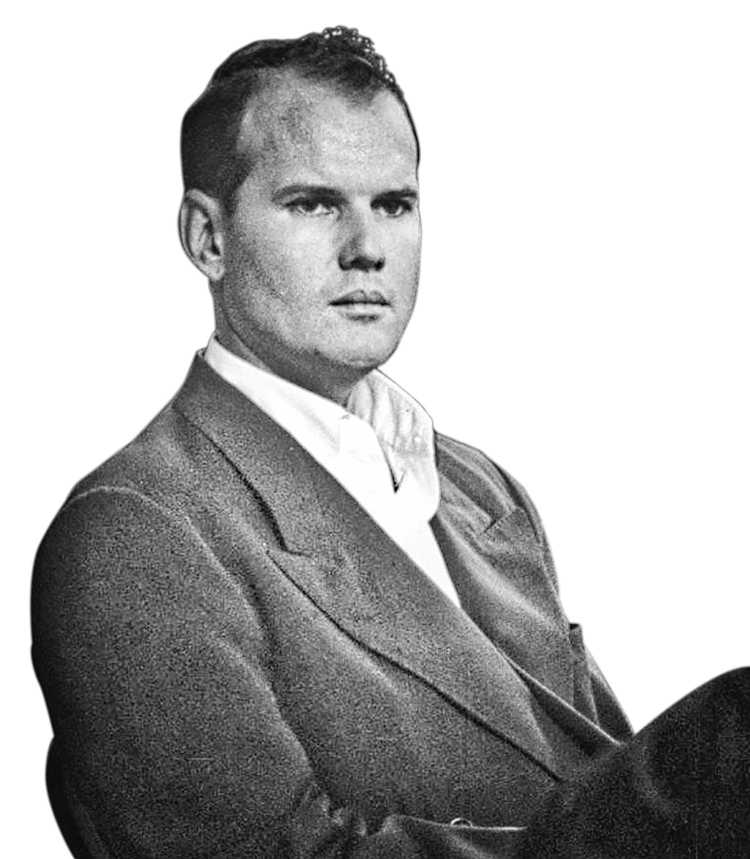
Sam Sheppard, an osteopathic physician, was convicted of killing his pregnant wife in their home in the early morning hours of July 4, 1954. The trial was a national sensation. Found guilty of the murder, Sheppard spent nearly a decade in the Ohio Penitentiary before a retrial was ordered. That retrial, in 1966, culminated in his exoneration and acquittal.
Sheppard was born in Cleveland, Ohio, the youngest of three brothers. He attended Cleveland Heights High School and was a model student who was active in football, basketball, and track. He was also president of his class for three years. After graduation, Sheppard passed up scholarship offers from several small Ohio colleges to follow in the footsteps of his father and older brothers to pursue a career in osteopathic medicine.
Along the way he met and married Marilyn Reese in Hollywood, California. They returned to Ohio and Sheppard joined his father's prospering medical practice. The Sheppards' lake front home (long since demolished) was in a suburb of Cleveland, just west of the city. The property itself was on the shore of Lake Erie.
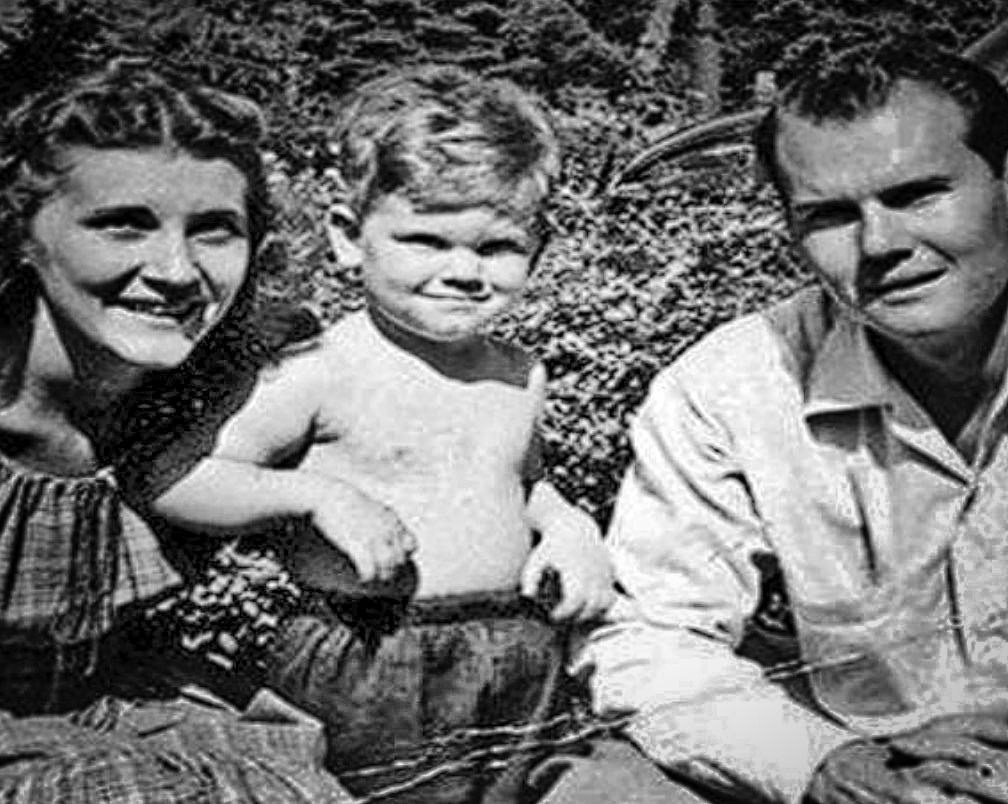
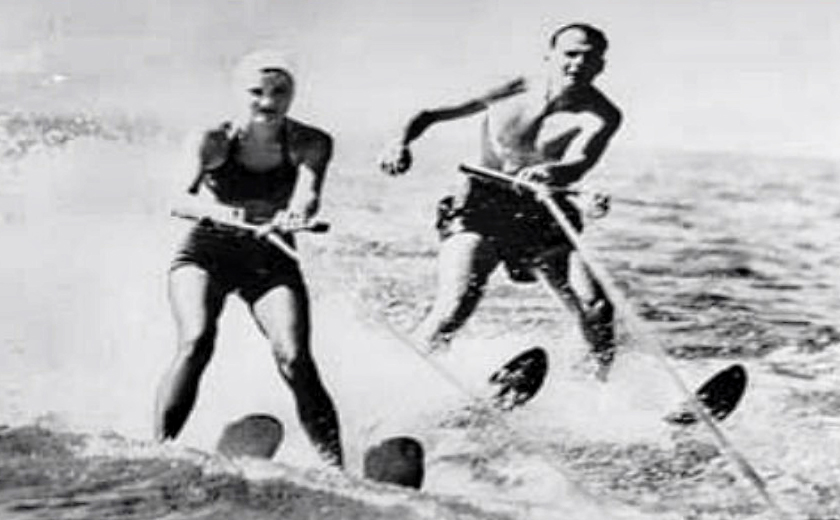
Sheppard faced trial in the autumn of 1954. The case generated enormous publicity and was widely criticized for its "carnival atmosphere". In terms of sensationalistic press coverage and lurid publicity it was the O.J. Simpson trial of its day.
From the start, Sheppard claimed that a bushy-haired man had entered his home in the dead of night, killed his wife, and attacked him twice, knocking him unconscious in the process.
But newspapers and other Ohio media were hostile to Sheppard, labeling him the only likely suspect. In its coverage of the case, The Cleveland Press carried the following headline over one of its stories: "Why Isn't Sam Sheppard in Jail?"
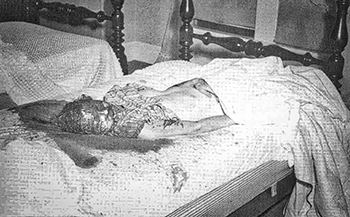
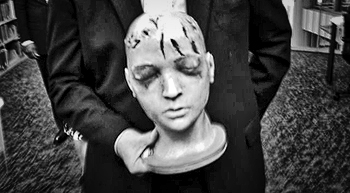
During their investigation of the case, prosecutors learned of and revealed at trial that Sheppard had been involved in a three-year-long extramarital affair with a nurse at the hospital where he worked. This, the prosecution said, was his motive.
Sheppard's attorney argued that in addition to killing his wife, the killer had inflicted severe injuries on Sheppard. Noted neurosurgeon Dr. Charles Elkins, who examined Sheppard, said he suffered from a cervical concussion, nerve injury, was afflicted by absent or weak reflexes (particularly on his left side) and injury to the back of his neck. According to Elkins, it was impossible for such injuries to be faked.
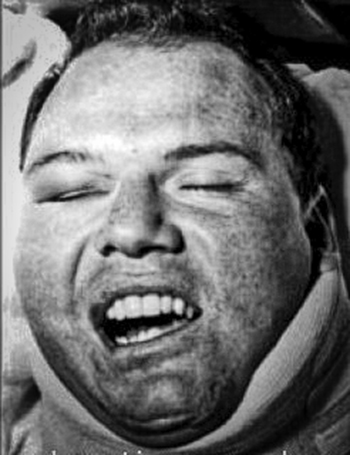
The defense also contended that although the crime scene was bloody, Shepard himself was strikingly free of blood — except for a small blood spot on his trousers, the only blood on Sheppard was so-called "transfer bloodstains" on his watch.
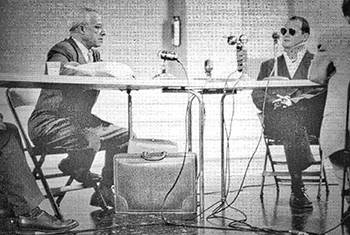
Two of Marilyn's teeth had been broken and the pieces were pulled from her mouth — evidence that she'd bitten her attacker. But Sheppard had no open wounds on his body.
Testifying in his own defense, Sheppard claimed he had been sleeping downstairs on a daybed when he awoke to the sound of his wife screaming.
"I think that she cried or screamed my name once or twice, during which time I ran upstairs, thinking that she might be having a reaction similar to convulsions that she had had in the early days of her pregnancy," he said. "I charged into our room and saw a form with a light garment, I believe, at that time grappling with something or someone. During this short period I could hear loud moans or groaning sounds and noises. I was struck down. It seems like I was hit from behind somehow but had grappled this individual from in front or generally in front of me. I was apparently knocked out. The next thing I knew, I was gathering my senses while coming to a sitting position next to the bed, my feet toward the hallway... I looked at my wife, I believe I took her pulse and felt that she was gone. I believe that I thereafter instinctively or subconsciously ran into my youngster's room next door and somehow determined that he was all right, I am not sure how I determined this. After that, I thought that I heard a noise downstairs, seemingly in the front eastern portion of the house."
Sheppard ran back downstairs and chased what he described as a "bushy-haired intruder" or "form" down to the Lake Erie beach below his home, before being knocked out again. The defense called eighteen character witnesses for Sheppard, and two witnesses who said that they had seen a bushy-haired man near the Sheppard home on the day of the crime.
The jury was not swayed. It found Sheppard guilty of second-degree murder and sentenced him to life in prison.
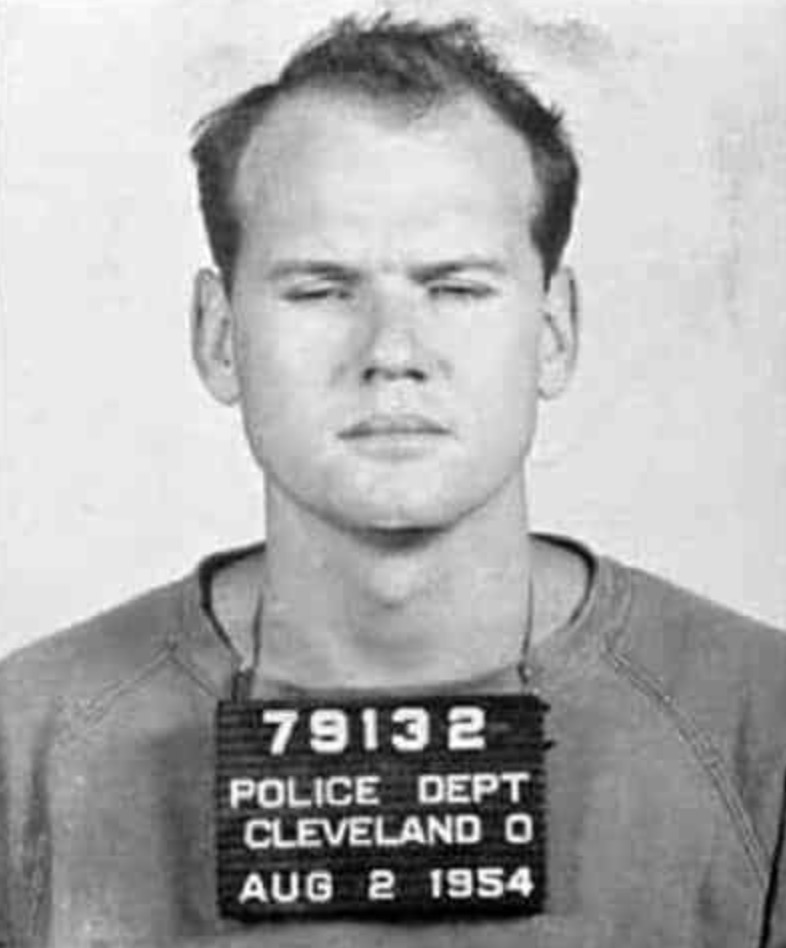
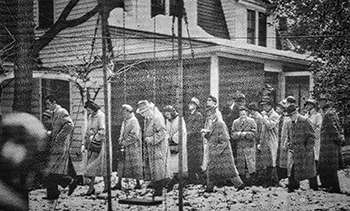
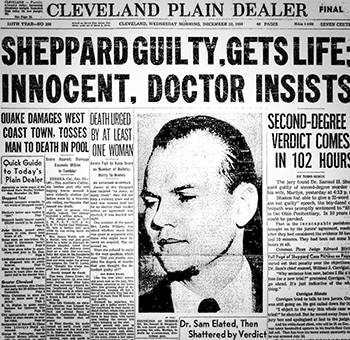
A parade of death and misfortune followed. Sheppard's mother committed suicide. His father died of a bleeding gastric ulcer. Authorities allowed Sheppard to attend both funerals but required him to wear handcuffs.
After more than six years of appeals, Sheppard's attorney, William Corrigan, also passed away. A ray of hope came when F. Lee Bailey took over as chief counsel for Sheppard. But months after that Sheppard's late wife's father committed suicide.
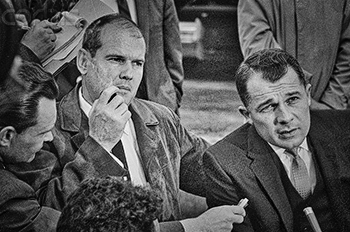
After several of his appeals were turned down, Sheppard's petition for a writ of habeas corpus was granted by a sympathetic district court judge in July of 1964. According to the judge, Sheppard's conviction was the result of a trial in which he was denied due process. A "carnival atmosphere" had pervaded in the first trial. Trial judge Edward Blythin had not sequestered the jury. He had not ordered the jury to ignore and disregard media reports of the case. When speaking to a newspaper columnist shortly before the trial started Blythin had said, "Well, he's guilty as hell. There's no question about it."
The State of Ohio was ordered to either free Sheppard or grant him a new trial.

At his new arraignment on September 8, 1966, Sheppard loudly pled "not guilty" while his attorney, F. Lee Bailey, stood by his side.
In marked contrast to the original trial, Sheppard did not take the stand. The strategy proved successful when the new jury reached a "not guilty" verdict two months later. The verdict helped vault Bailey to fame and prominence among American criminal defense attorneys. It was also a milestone in the increasing acceptance of blood spatter analysis as a criminal investigation diagnostic tool. The evidence in Sheppard's case had worked powerfully in his favor.
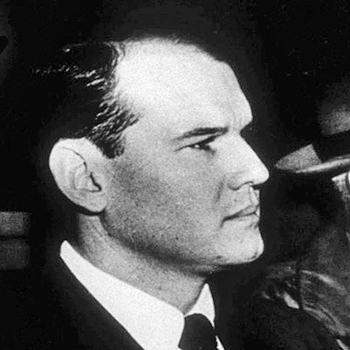
Less than a month later, Sheppard made an appearance on The Tonight Show with Johnny Carson. Long afterward, Carson told actor George Peppard (who played Sheppard in a made-for-TV movie) that Sheppard had confided to Carson that had he been found guilty a second time, he was prepared to shoot himself in open court.
Post acquittal, Sheppard co-wrote a book on the case, Endure and Conquer. He also briefly returned to his medical career in Youngstown, Ohio, but was twice sued for malpractice by the estates of deceased patients.

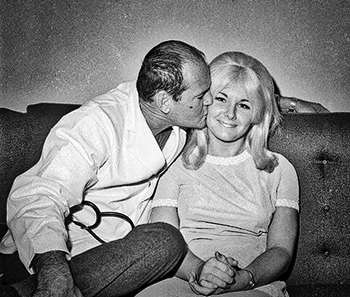
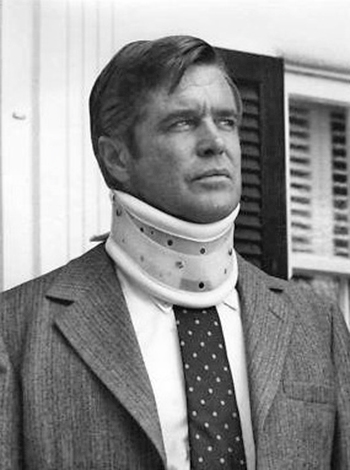
Though he could not have known it, death was only six months away for Sam Sheppard. He took a new wife, Colleen Strickland. But Sheppard had done grave damage to his liver after years of heavy drinking, and on April 6, 1970, Sheppard died of liver failure. He was laid to rest in Forest Lawn Memorial Gardens in Columbus, Ohio, where his body remained until 1997, when it was exhumed for DNA testing as part of the lawsuit brought by his son to clear his father's name. Afterwards, Sheppard's body was cremated, and the ashes taken for storage to a mausoleum at Knollwood Cemetery in Mayfield Heights, Ohio, together with those of his murdered wife, Marilyn.
In the wake of his father's tortured life and death, Sam Sheppard's son, Samuel Reese Sheppard, has devoted himself to clearing his father's name and reputation.
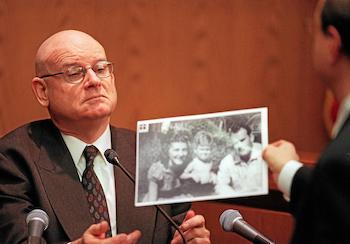
In 1999, he sued the State of Ohio for the wrongful imprisonment of his father. Marilyn Sheppard's body was exhumed, in part to determine if the fetus she was carrying at the time of her death had been fathered by Dr. Sheppard. Unfortunately the passage of time and the formaldehyde's effect on fetal tissues prevented paternity from being determined.
During Sheppard's civil trial, conjecture on the true identity of the murder focused on Richard Eberling, an itinerant handyman and window washer employed occasionally by the Sheppards — especially because a ring belonging to Marilyn was said to have been found in Eberling's possession.
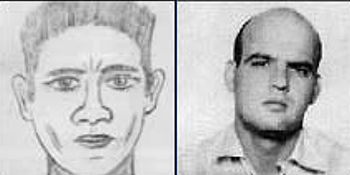
Eberling had died in prison in 1998, where he was serving a life sentence for the 1984 slaying of Ethel May Durkin, a wealthy and elderly widow. The murder came to light when a court-ordered review of Durkin's estate revealed that Eberling, Durkin's guardian and executor, had not carried out her final wishes.
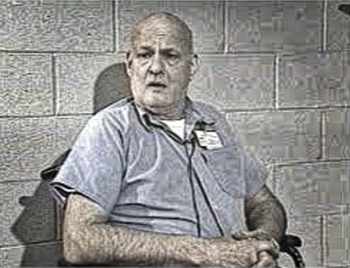
Eberling had admitted before his death to being in the Sheppard home, and to cutting his finger while washing windows and bleeding while on the premises. But he denied any criminal involvement in the Sheppard case. A fellow convict claimed Eberling had confessed to the murder. Furthermore, a home health care worker for Durkin had testified that Eberling confessed to her in 1983. The credibility of both witnesses was attacked in the civil trial.
F. Lee Bailey, testifying in the civil trial, said Eberling could not have been the killer. Instead, Bailey posits that Esther Houk, the wife of Bay Village mayor Spencer Houk, killed Marilyn in a jealous rage, after discovering that Marilyn and her husband were lovers. The Houks and Sheppards were neighbors at the time.
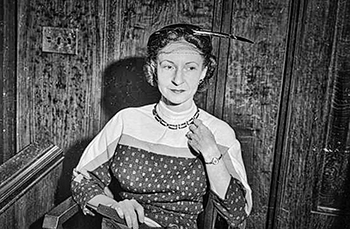
Ten weeks, 76 witnesses, and hundreds of exhibits later, the eight-person civil jury ruled unanimously against Samuel Reese Sheppard. In the eyes of the law, his father had not been wrongfully incarcerated.